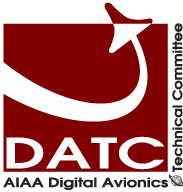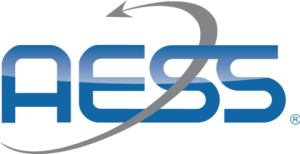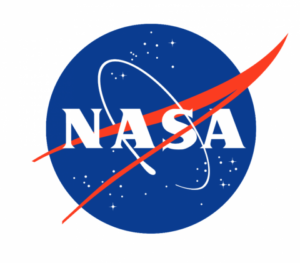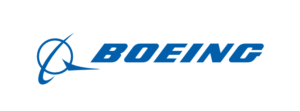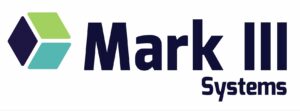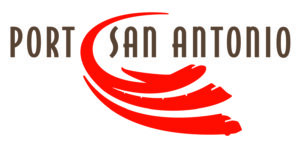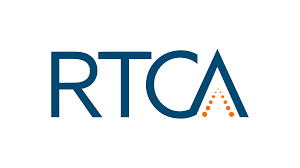In this course we are going to introduce concepts of decission making conducted by algorithms which led to current term Artificial Intelligence. The course is built around flight planning algorithms, their performance and sutability for different applications. Within our session we will focus on and summarize advantages and disadvantages of Breadth First Search, A*, Iterative Deepening A*, Theta*, and RRT* algorithms. Their reasoning process and path selection methodology with perspective of aerospace requirements are evaluated. Our focus will be on the randomization element and uncertainty of these algorithms. We will also describe selected evaluation parameters required by FAA and EASA Technical Standard Order (TSO) documents on electronic systems and what are the conflicts between these requirements and the natural principle of the existing path-planning algorithms. The influence of the performance of the navigation sensors and expected departure and arrival procedures which use the existing navigation means (INS, VOR, NDB, ILS, GPS) will be discussed. Finally, we describe the Artificial Intelligence phenomena and discuss the determinism of the currently used algorithms for flight-path panning and recovery.
Presentation Type: Tutorial
This course offers a detailed look at basic spacecraft avionics systems engineering and design processes and principals. All spacecraft avionics systems have similarities, but differ in many ways. This course addresses the up-front systems engineering process; requirement levels, trade studies, requirements allocation/linking requirements derivation, requirements verification, risk and risk assessment, safety, integration and test, costing, scheduling, and then applying all this to the avionics subsystem level design on a subsystem-by-subsystem basis. Attendees will be exposed to avionics subsystem designs that are typically used on satellite buses and will learn the terms, nomenclature and rules of thumb used in the development process. Each avionics subsystem is explained in detail to gain insight into manpower and cost requirements. In addition to spacecraft avionics equipment, the design, fabrication, and qualification of the electrical ground support equipment required for satellites are discussed in detail.
Who Should Attend:
Space, Spacecraft, and Launch Vehicle Systems Engineers, Avionics Subsystem Designers, Managers, Business Development personnel, System Safety Engineers, Risk Engineers and Managers, Electrical Ground Support Equipment Engineers, Integration and Test Engineers, and Environmental Test Engineers
What You Will Learn:
Applying the systems engineering process and principles to the system level design, developing the overall and subsystem architectures and then down into each of the Avionics Subsystems. How the systems engineering process is applied to evaluate and determine the risks, safety, and trade studies to the requirements derivation process, subsystem design, and then requirements verification.
This tutorial explores architectures from numerous civil and military aircraft. Key architecture and design challenges are described for legacy as well as the newest aircraft types. Architectures are examined with comparisons of hardware and avionics functions of each are discussed in detail. Civil aircraft investigated include Boeing 787 and Airbus A350. Military aircraft include F-22 and Rafael. IMA 2G and other advanced concepts will be explored. Specific architecture examples are used to represent real word design challenges and solutions. Integrated and connected aircraft concepts are explored in reference to the integrated modular avionics architectures and how they can support integrated digital datalink and future air traffic management. Architectures have been carefully chosen to cover the following:
- Broad spectrum of aircraft types, military and civilian
- Federated and integrated designs with emphasis on the latest modern commercial and military aircraft
- Emphasis on the latest integrated architectures with partitioning and connected aircraft
- Line Replaceable Unit (LRU) vis-à-vis modular packaging
- Impact of the Modular Open Systems Approach (MOSA) on architecture
- Range of non-essential to flight critical applications and the impact on future designs
- Connected aircraft and design decisions for integrated designs


